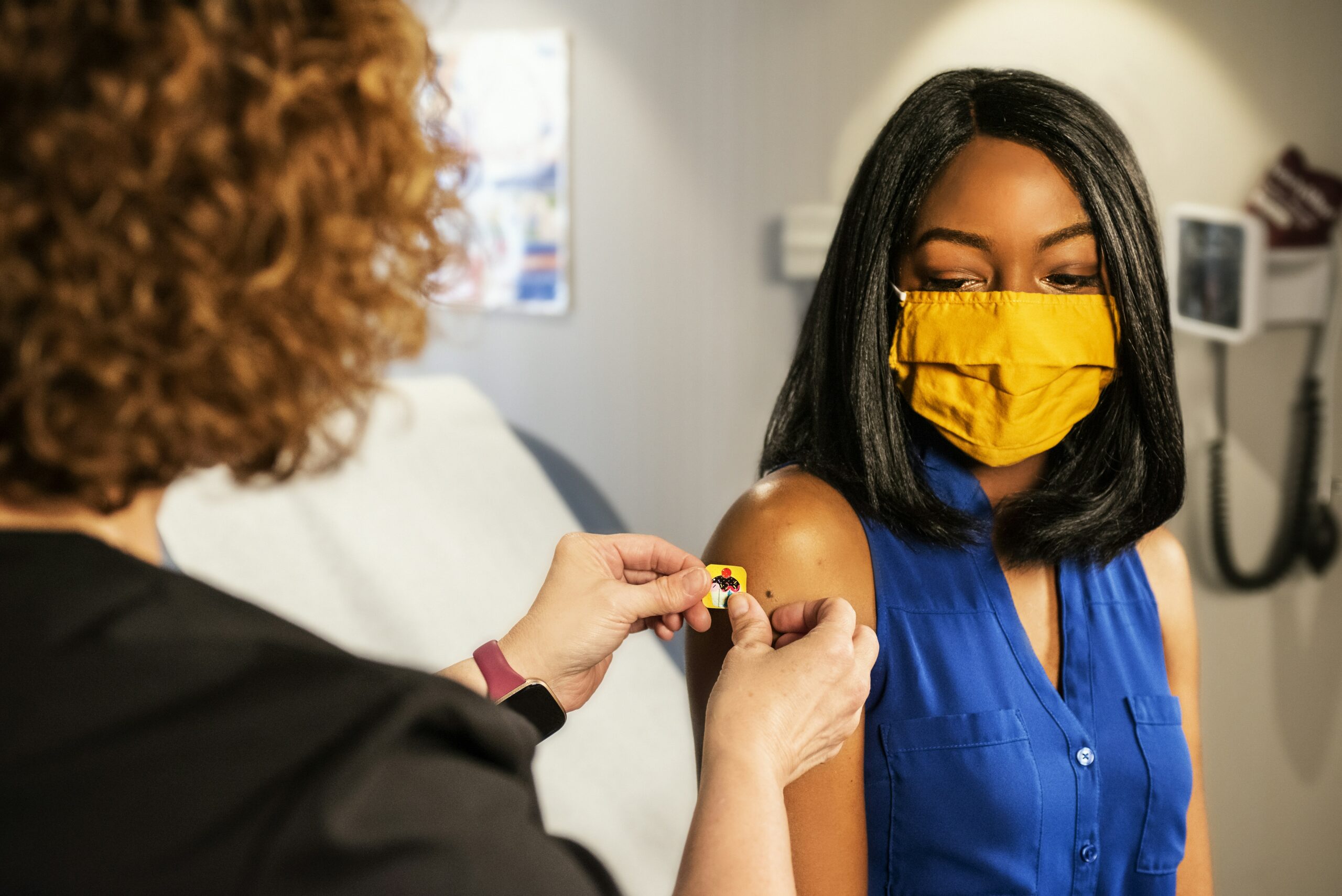From intentions to practices: what drove people to get the COVID-19 vaccine? Findings from the French longitudinal socioepidemiological cohort survey (2023)
Abstract
Objective: In many countries, before COVID-19 vaccines became available, reluctance to get vaccinated was particularly prevalent among women, the most disadvantaged social groups and ethnoracial minorities, known to be at higher risk for the virus. Using a longitudinal perspective, we analyse the social determinants that are associated with the transition from attitudes towards vaccination to actual vaccination practices.
Design: Representative population-based prospective cohort.
Settings: From November 2020 to July 2021.
Participants: Adults included in the Epidemiology and Living Conditions (EpiCoV) cohort (n=86 701).
Main outcome measures: Attitudes towards vaccination in November 2020 before COVID-19 vaccines were available in France (in January 2021) and vaccination practices in July 2021.
Results: Among those who were initially reluctant in November 2020, the youngest, the poorest 10% (OR=0.68, 0.59-0.77), non-European immigrants (OR=0.72, 0.59-0.88) and descendants of non-European immigrants (OR=0.72, 0.61-0.86) were less likely to be vaccinated in July 2021, irrespective of trust in government and scientists. The same social factors were associated with non-vaccination among those who initially were undecided or who favoured vaccination.
Conclusion: Despite the fact that COVID-19 vaccines were relatively available and free of charge in France in July 2021, social inequalities in vaccination against the virus remained the same than those observed in vaccination reluctance in November 2020, before vaccines were available. While adjusting for trust, migration background, younger age and lower income were associated with lower vaccination uptake irrespective of initial intention. By neglecting to genuinely target specific groups that were initially reluctant to be vaccinated, vaccination policies contributed to strengthening pre-existing social inequalities around COVID-19 burden.

